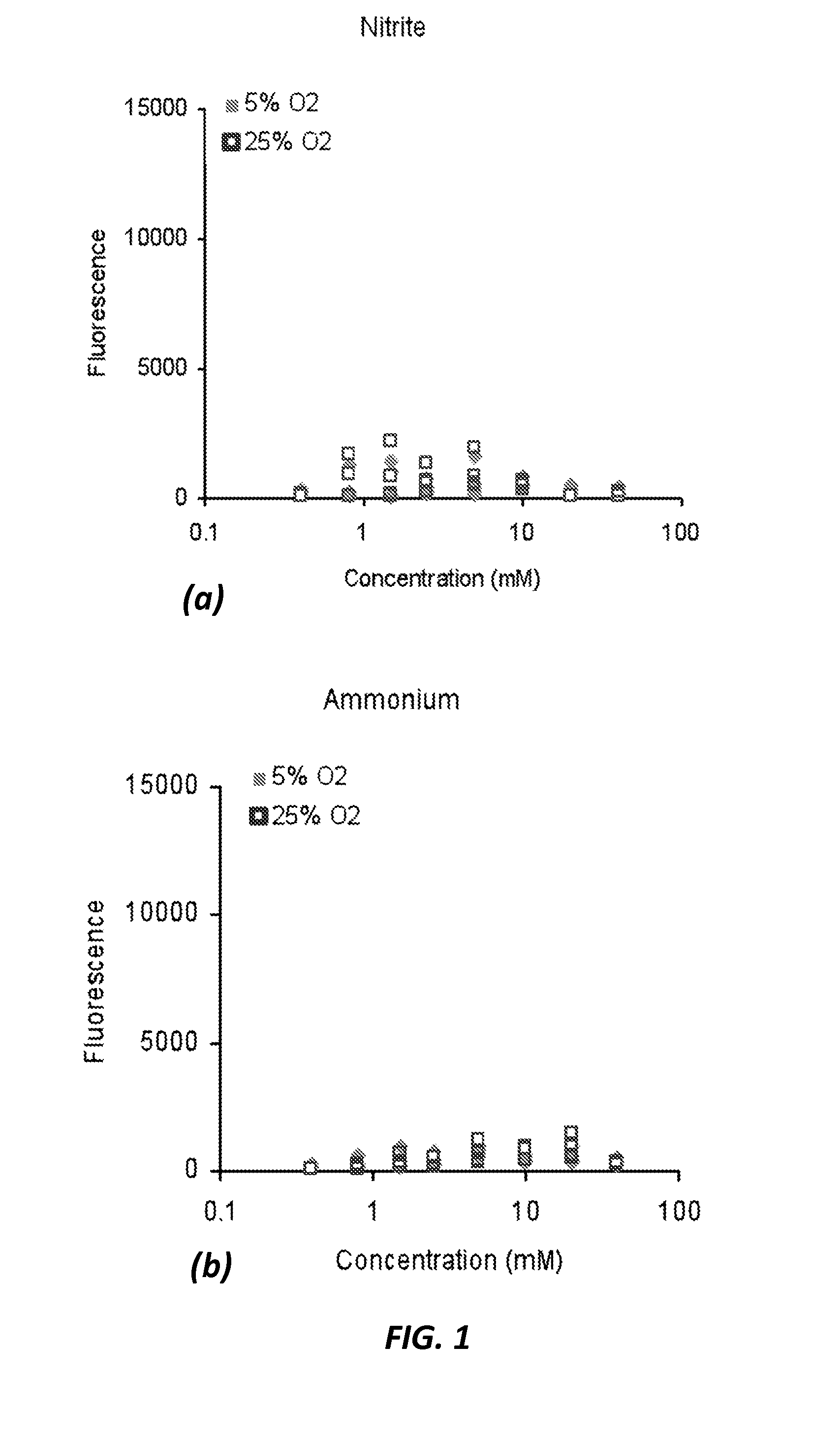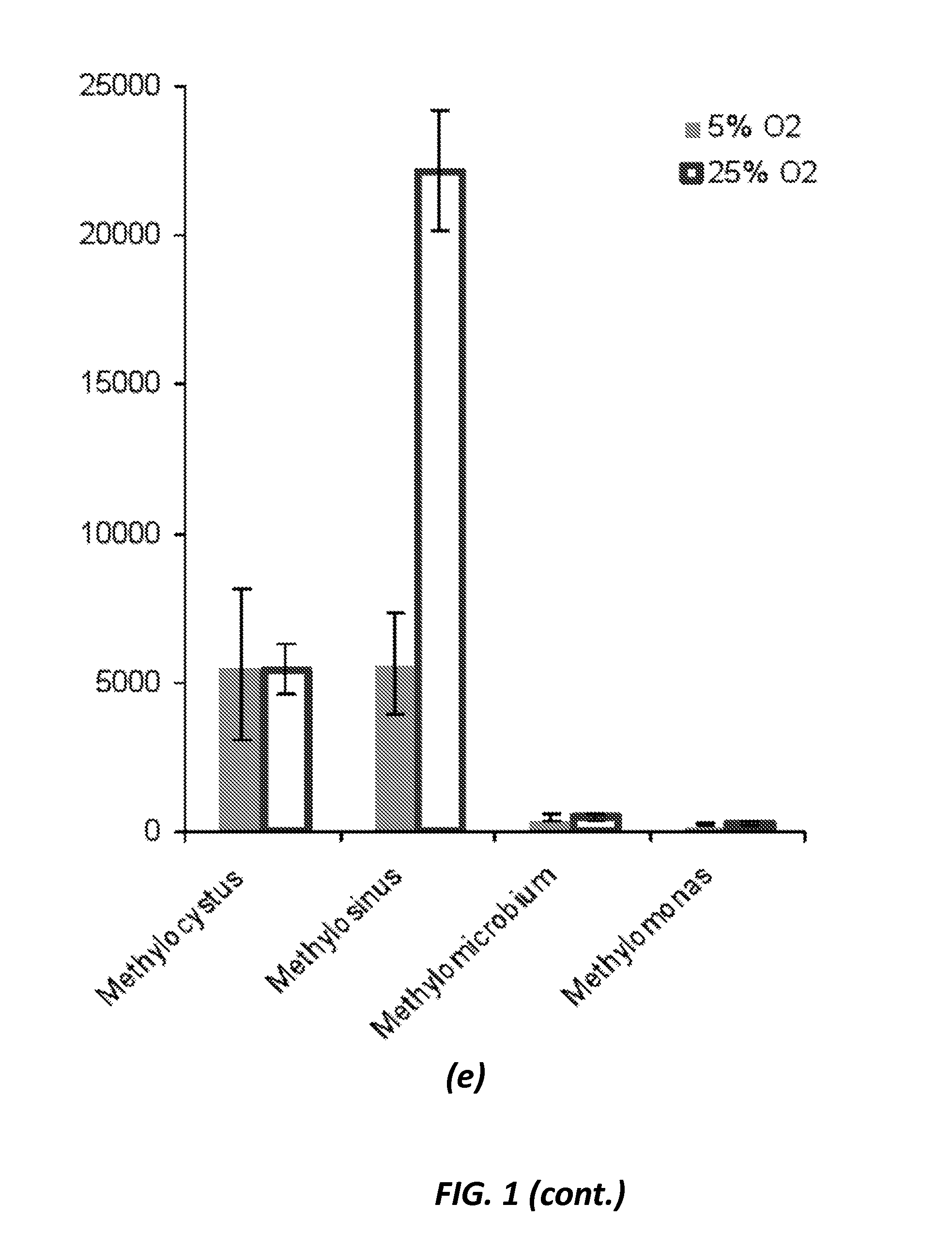Process for the selection of PHB-producing methanotrophic cultures
a technology of methanotrophic culture and process, which is applied in the field of bioplastics production methods and systems, can solve the problems of unexplored phb-producing potential of most methanotrophic species, unbalanced growth of phas produced by many bacteria, and high price of pha produced using this feedstock and methodology, etc., and achieves enhanced growth of type ii methanotrophic cells and enhanced growth of type ii methanotrophic species
- Summary
- Abstract
- Description
- Claims
- Application Information
AI Technical Summary
Benefits of technology
Problems solved by technology
Method used
Image
Examples
Embodiment Construction
[0027]To address the problems associated with wide-spread synthetic polymer (plastic) use that includes the use of nonrenewable resources, persistence, and ecological and health impacts, without compromising the product's convenience, embodiments of the present invention provide methods and systems to replace it with a biodegradable and biocompatible equivalent. Polyhydroxyalkanoates (PHAs), such as polyhydroxybutyrate (PHB), are intracellular carbon and energy storage compounds synthesized by many bacteria. PHAs have properties similar to conventional plastics. Cost effective PHB production is possible through use of waste carbon as a substrate combined with low cost nutrient delivery strategies. Production of PHBs by type II methanotrophs uses a low-cost, abundant greenhouse gas. Since type II methanotrophs fix nitrogen, the present invention uses nitrogen-fixation for selection of PHB-producing methanotrophs.
[0028]Microorganisms within the alpha-proteobacteria group possess both ...
PUM
 Login to View More
Login to View More Abstract
Description
Claims
Application Information
 Login to View More
Login to View More - R&D
- Intellectual Property
- Life Sciences
- Materials
- Tech Scout
- Unparalleled Data Quality
- Higher Quality Content
- 60% Fewer Hallucinations
Browse by: Latest US Patents, China's latest patents, Technical Efficacy Thesaurus, Application Domain, Technology Topic, Popular Technical Reports.
© 2025 PatSnap. All rights reserved.Legal|Privacy policy|Modern Slavery Act Transparency Statement|Sitemap|About US| Contact US: help@patsnap.com



